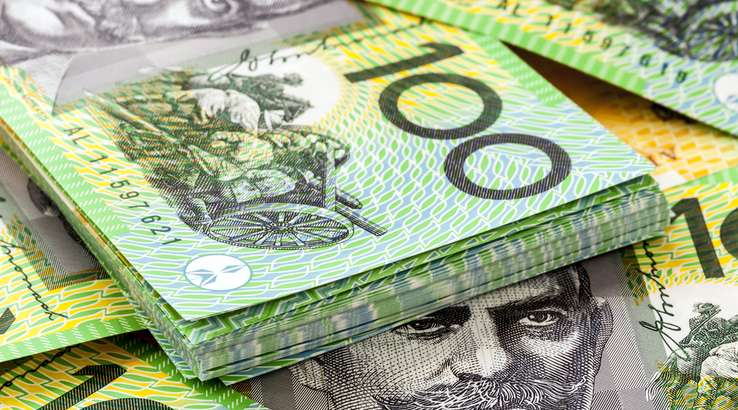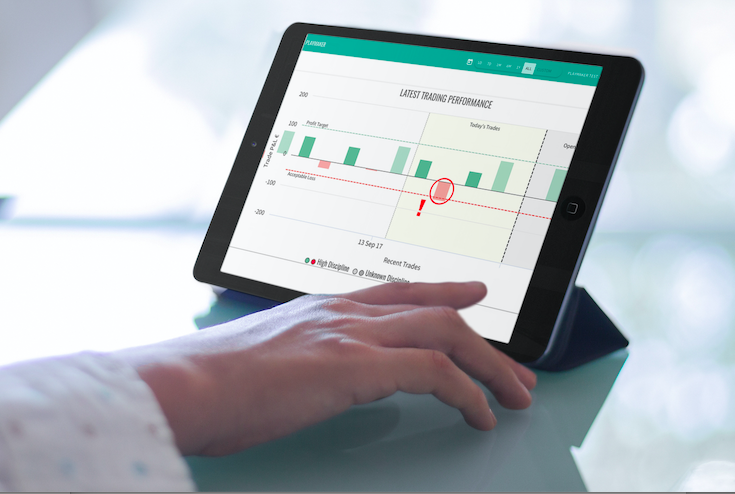The Overconfidence Bias In Trading
“It ain’t what you don’t know that gets you into trouble. It’s what you know for sure that just ain’t so.”
-Mark Twain
93% of drivers think they’re in the top 50% of drivers. A study on fund managers showed that 74% of them believed that they were above average at investing.
Both cases are statistically impossible scenarios. So why is it that people think it?
Overconfidence. We overestimate our own abilities, either by thinking we are better than we really are (I aced that test), or by believing we are better than others (our drivers and fund manager example above).
Overconfidence can drive the economy. It’s the reason most start-ups fail, it causes CEOs to make poorer investment decisions, and has even been given as an explanation for the sub-prime mortgage crisis of 2008.
Overconfidence can be caused by many things, such as:
1. The self-serving attribution bias: People attribute past successes to their own skills, and past failures to bad luck
2. The familiarity bias: People put a higher weight of importance on the things they are familiar with
We carried out research on traders in our database, and found examples of overconfidence aplenty. Once such example was with Australian traders who choose to trade in AUD/USD. They underperformed compared to those trading in JPY/USD. One reason for this could be related to the familiarity heuristic mentioned above - people who are unfamiliar with the options presented, choose the one they are most familiar with. This breeds overconfidence, as they think they know more about that familiar option than they really do. Trading in JPY/USD has a different trend. Australian traders would have a natural affinity to JPY/USD trading, being close to news and trade but WITHOUT the familiarity bias of the home currency.
So how can we overcome overconfidence?
We can’t beat our biases per se - they are subconscious and automatic most of the time. What we can do is become aware of them, and create strategies that work around them.
One way to create a strategy that avoids the overconfidence bias is to look at the product you trade most frequently…
35% of traders show a significantly different outcome for the product they trade the most.
For 40% of traders it’s the best performing product BUT For 36% of traders it’s your worst.
BEHAVIOUR OF YOUR MOST FREQUENTLY TRADED PRODUCT
Which one are you?
By measuring and knowing if this is a weakness, this knowledge alone can be enough for you to compensate for the problem. Look for the products where you are performing better. Maybe you are more disciplined, as these are less familiar to you.
Naturally, for a lot of traders, they are most familiar and thus think they are most knowledgeable about their most common product, so overtrade in it. In reality, it may be their weakness, because they’re too confident in it.
Behavioural biases are a part of human nature. There is no avoiding them. However, with awareness and strategy, there is a way to navigate them.
GamePlan is our analysis tool that gives insights into your trading behaviour. It can show you your strengths, weakness, and make you aware of your individual edges and biases.




